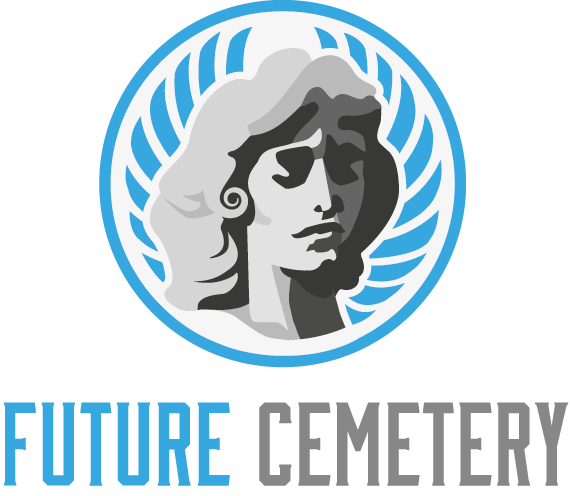A lot of people are confused about the difference between a mortuary and funeral home. They seem to offer similar services, but there are some significant differences between the two.
One major theory is that mortuaries are more bare-bones operations than full-service funeral homes. They are said to be focused on the decedent alone and lack amenities such as viewing rooms.
Waiting mortuary
Before today’s sophisticated methods of determining brain and heart death, people were often buried alive. To prevent this, people were housed in waiting mortuaries while attendants watched for signs of life. These facilities were most popular in 19th century Germany and resembled large, ornate halls. They allowed corpses to partially decompose until putrefaction set in, which was thought to be the only reliable sign of true death.
These morgues were staffed by caretakers who worked 12-hour shifts, surrounded by the pungent stench of rotting flesh. They were rigged with a series of alarm bells linked to fingers and toes, so that the slightest movement would cause the bells to ring. But bloating caused by gases sometimes triggered the alarms, and there were many false alarms.
The concept of the waiting mortuary was popularized by a book written by an anatomist named Jacob Winslow and expanded upon by another anatomist, Claude Bruhier. Winslow recommended a number of tests, including blowing pepper into the nostrils and thrusting red-hot pokers up the anus, to ensure that corpses were truly dead before burial.
Morgue
Morgue is a room or area in a hospital, medical center, or coroner’s office where dead bodies are temporarily stored. The body may be there for identification, autopsy, or to wait for funeral arrangements to be made.
A morgue usually has a series of refrigerated coolers where the bodies are stored to slow down the decomposition process until they are needed for autopsies or release to funeral homes. The staff at the morgue includes forensic pathologists or medical examiners who conduct autopsies, and mortuary technicians and assistants who prepare and preserve the bodies.
The term mortuary is often confused with a funeral home, but the two serve different purposes. A funeral home offers more comprehensive services, including embalming. There are, however, some morgues that also offer cremation services. The confusion between the terms is most likely due to regional differences in spelling and pronunciation. For instance, Myers Mortuary in Georgia and Hart’s Mortuary in Texas use the term mortuary, while some funeral homes use the term funeral home.
Embalming
There are some cases where embalming is required, such as when a loved one dies with an infectious disease or is being repatriated across states. Additionally, many funeral homes require embalming if the family wants to have a viewing.
The process of embalming begins with washing the remains, then positioning them. Next, the embalmer drains the two largest circulatory vessels, removing a significant amount of blood. Then he or she massages the arms and legs to release rigor mortis.
Next, the embalmer injects a disinfectant fluid into the body. This consists of a mixture of formaldehyde and water. He or she pumps a total of about two gallons of this solution throughout the entire body. This stops any further deterioration and gives the body a more restful appearance. In addition, it can restore a more natural appearance and reduce swelling or bruising that may have occurred after death.
Cremation
Cremation is the process of reducing human remains to ashes and bone fragments through mechanical or thermal means. This is carried out in a special furnace called a crematory or crematorium. It can be a separate building or part of a mortuary. Some people choose cremation for religious reasons while others prefer it because of its simplicity and ease of transportation. The cremated remains can be kept in a memorial urn or scattered in many different ways, including on top of a mountain or in the sea.
Before the body is cremated, it must be thoroughly cleaned and dressed. Jewelry is removed, as are any artificial joints or pins that were surgically placed in the body. Identification is verified at each step by a member of staff. This is necessary to ensure that the right person is being cremated and that there is a proper chain of custody for the body. A metal ID tag is also placed on the body.
